Disclosure: This article contains affiliate links. We may earn a commission from purchases at no extra cost to you, which helps our travel content.
There's something rather magical about witnessing the dance between ancient tradition and futuristic innovation that defines modern China. As I stood at the threshold between the meticulously pruned rockeries of Yu Garden and the gleaming skyscrapers of Pudong, I couldn't help but reflect on how this juxtaposition mirrors my own Anglo-Nigerian heritage—distinct worlds coexisting in beautiful harmony. Having explored the frozen frontiers of the Arctic for years, this springtime sojourn through Shanghai and Suzhou offered a refreshingly temperate adventure into China's historical soul, revealing how families have thrived in these spaces across centuries.
Shanghai: Where History Breathes Amid Skyscrapers
The Bund stands as Shanghai's most eloquent storyteller—a waterfront promenade where colonial-era architecture faces off against Pudong's futuristic skyline across the Huangpu River. As a father who has always encouraged my children to read landscapes like textbooks, I found myself instinctively collecting tales to share with my nieces and nephews back home.
The Yu Garden (Yuyuan) quickly became my favourite historical enclave in Shanghai's urban jungle. Dating back to the Ming Dynasty, this 16th-century classical garden offers families a splendid opportunity to explore traditional Chinese aesthetics. My orthodontist's eye couldn't help but appreciate the mathematical precision in the garden's design—each rockery, pavilion, and pond placed with deliberate intention to create perfect harmony.
For capturing these architectural marvels, I relied heavily on my variable ND filter to balance the bright spring sunshine against the intricate shadow play throughout the gardens. The filter proved particularly valuable when photographing the exquisite Jade Rock, allowing me to accentuate its 72 holes that create fascinating light patterns.
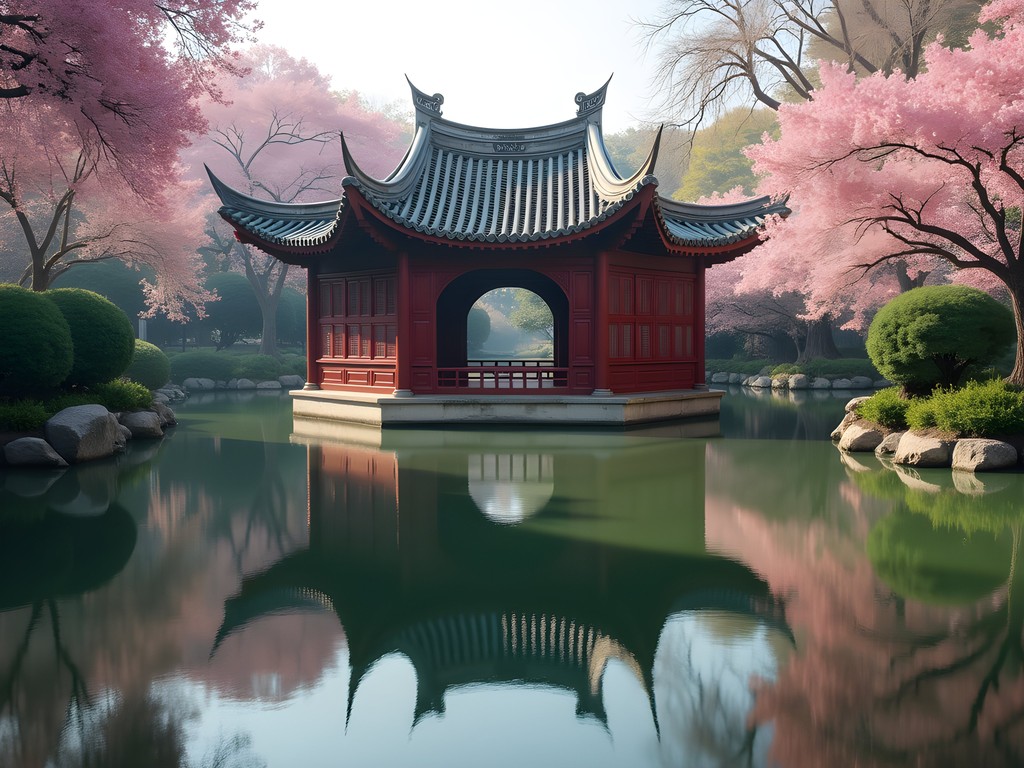
💡 Pro Tips
- Visit Yu Garden early in the morning (before 9am) to avoid crowds and capture the best photographs
- The Jade Rock is best viewed on sunny days when light filters through its natural perforations
- Purchase tickets for the garden online to avoid queuing at the entrance
The Forgotten Alleyways: Shanghai's Shikumen Heritage
While most visitors flock to the reconstructed glamour of Xintiandi, I found myself drawn to Tianzifang—a more authentic preservation of Shanghai's shikumen (stone gate) architecture. These narrow lanes house a labyrinth of traditional homes converted into boutiques, cafés, and art studios.
As someone who collects cultural artifacts that tell stories of human adaptation, I was delighted to discover artisans crafting traditional paper cuttings alongside contemporary designers reimagining Chinese aesthetics for the modern age. My most treasured souvenir—a hand-carved chop (name seal) created while I watched—now sits proudly in my Lincoln study alongside Inuit sculptures from my Arctic expeditions.
Navigating these narrow lanes requires comfortable footwear, particularly if you're exploring with family members. My walking shoes proved invaluable during long days of exploration—providing the perfect balance of support and style for both historical wanderings and evening meals at upscale establishments.
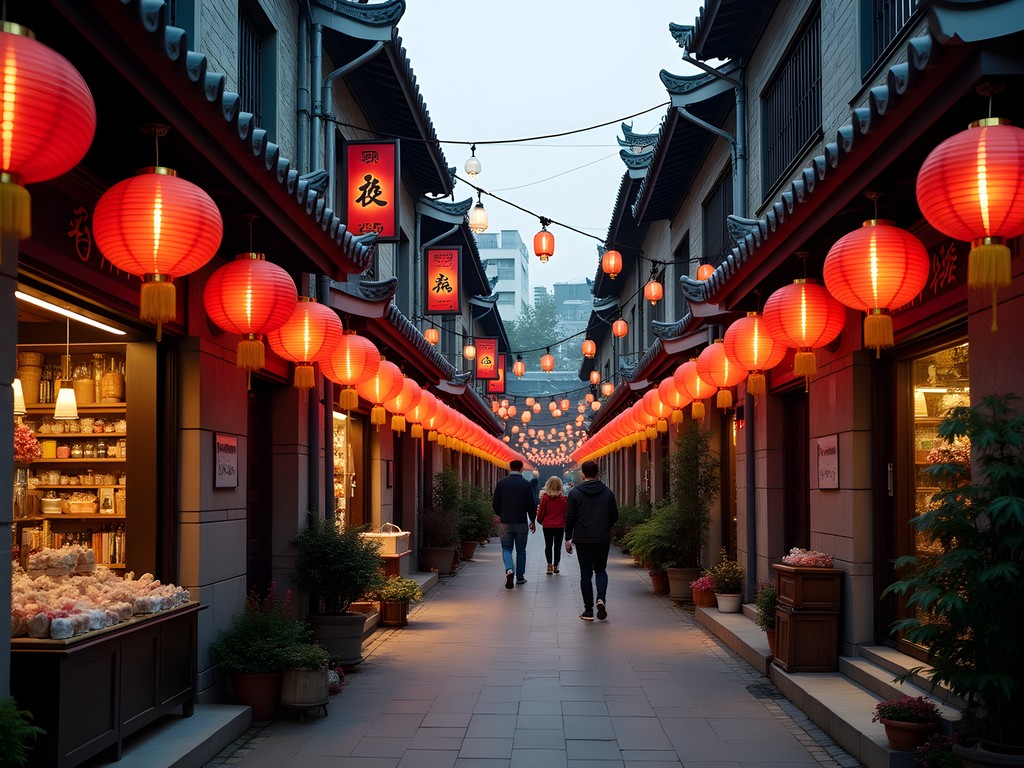
💡 Pro Tips
- Visit Tianzifang on weekdays to avoid weekend crowds
- Many shops accept WeChat Pay or Alipay, so set up a payment method before your trip
- Look for the small workshops where artisans demonstrate traditional crafts—they often welcome photography
Suzhou: The Venice of the East
A mere 30-minute journey via high-speed rail transported me from Shanghai's metropolitan energy to Suzhou's contemplative classical gardens. As a UNESCO World Heritage site, these gardens represent the pinnacle of Chinese landscape design philosophy, where every element serves both aesthetic and symbolic purposes.
The Humble Administrator's Garden (Zhuozheng Yuan) stands as the largest and arguably most magnificent of Suzhou's classical gardens. Created in the early 16th century, its ingenious design creates the illusion of expansiveness within a relatively modest space—a principle I've often discussed with colleagues when designing orthodontic clinics that feel spacious despite spatial constraints.
For families traveling with children, these gardens offer delightful educational opportunities. My sister's children were fascinated by the miniature landscapes that replicate mountains and valleys in microcosm—a concept not dissimilar to the bonsai traditions I've documented in Japan. To keep younger visitors engaged, I recommend bringing a polarizing filter to show them how it reveals underwater features in the garden ponds, making fish and aquatic plants suddenly visible.

💡 Pro Tips
- Purchase a Suzhou Garden Combination Ticket if you plan to visit multiple gardens
- The gardens are living textbooks of Chinese philosophy—learn about yin-yang balance and the five elements before visiting
- Hire a knowledgeable guide who can explain the symbolic meanings behind garden elements
Capturing the Light: Photography in Classical Gardens
As someone who has documented the harsh contrasts of Arctic landscapes, I found Suzhou's gardens presented an entirely different photographic challenge—capturing the subtle interplay of light filtering through latticed windows, reflecting off water surfaces, and dappling through carefully positioned foliage.
The Master of Nets Garden (Wangshi Yuan), though smaller than others, offers perhaps the most photogenic compositions. Its ingenious design creates framed views that seem to have anticipated the rule of thirds by centuries. During my visit, I relied heavily on my travel tripod for low-light photography, particularly during the garden's evening illuminations when traditional music performances animate the historical spaces.
For those interested in architectural photography, I recommend bringing a lens cleaning kit as the combination of water features and spring humidity can quickly create lens condensation issues. The constantly changing light conditions as you move between indoor and outdoor spaces also demands frequent lens changes, making proper cleaning essential for capturing the gardens' subtle details.

💡 Pro Tips
- Visit gardens at different times of day—morning light creates beautiful reflections while late afternoon brings golden light to pavilions
- Use a polarizing filter to manage reflections on water surfaces
- Look for natural frames created by moon gates and latticed windows
Family Dynamics in Ancient Spaces
What fascinated me most about these historical sites was observing how modern Chinese families interact within spaces designed centuries ago for very different family structures. As someone who has studied how extreme environments impact family dynamics, I was struck by the multigenerational groups navigating these gardens together—grandparents explaining cultural references to attentive grandchildren, parents capturing family portraits against classical backdrops.
The Lingering Garden (Liu Yuan) became my favorite spot for observing these interactions. Its name reflects the Chinese concept of lingering appreciation—the idea that beauty should be savored slowly rather than rushed. I noticed how Chinese families would often spend hours in a single garden, while Western tourists typically hurried through in under an hour.
For families traveling with children, I recommend bringing a foldable water bottle as garden explorations can be thirsty work, particularly in spring when temperatures begin to rise. Many gardens have traditional teahouses where you can refill bottles while sampling local teas—creating natural breaks in your exploration that mirror the contemplative purpose of these spaces.

💡 Pro Tips
- Encourage children to sketch or photograph details that catch their attention rather than rushing through
- Visit the Suzhou Museum (designed by I.M. Pei) for context on garden design principles
- Pack light snacks as food options within gardens are limited
Final Thoughts
As my high-speed train glided back toward Shanghai on my final day, I found myself contemplating the profound lesson these gardens and historical sites offer modern families: the value of creating spaces that encourage contemplation, conversation, and connection across generations. While my professional work focuses on aligning teeth, these classical Chinese gardens demonstrate a different kind of alignment—the harmonious arrangement of natural elements to nurture human relationships.
For couples seeking meaningful travel experiences, Shanghai and Suzhou offer that rare combination of accessibility and authenticity. The historical treasures here aren't roped-off relics but living spaces where ancient wisdom continues to shape contemporary life. Whether you're photographing the dramatic contrasts of Shanghai's skyline or losing yourself in Suzhou's classical gardens, this corner of China reveals how skillfully the culture has balanced preservation and progress.
As I packed away my camera and notebook, I realized that these gardens had shifted my perspective on my own travel documentation. Perhaps my next Arctic expedition will focus less on the extreme environment itself and more on how families create harmony within challenging conditions—a lesson in human adaptation I learned not in the frozen north, but in the classical gardens of Suzhou.
✨ Key Takeaways
- Shanghai and Suzhou offer complementary historical experiences—urban preservation amid modernization versus classical Chinese garden design
- Spring visits provide ideal photography conditions with moderate temperatures and blooming garden elements
- These destinations work particularly well for multigenerational travel, offering rich educational opportunities alongside visual splendor
📋 Practical Information
Best Time to Visit
March to May (spring) or September to November (autumn)
Budget Estimate
$100-150 per day excluding international flights
Recommended Duration
7 days (4 in Shanghai, 3 in Suzhou)
Difficulty Level
Moderate

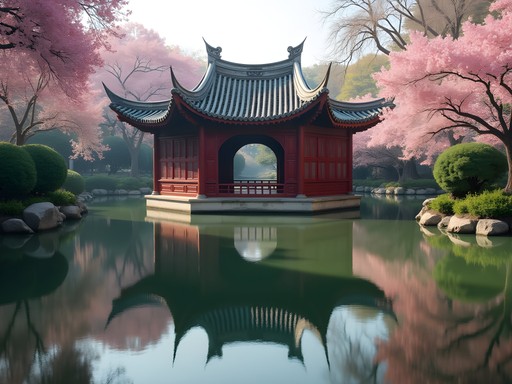

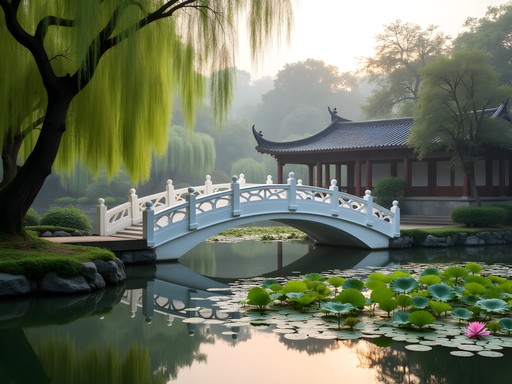
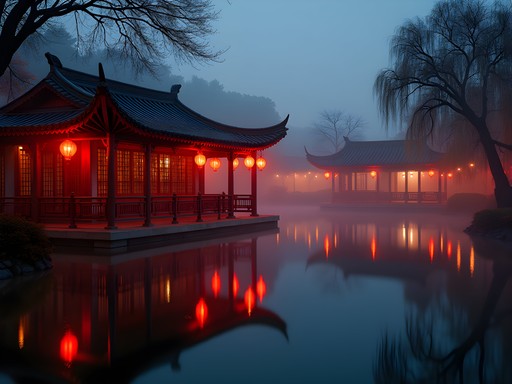
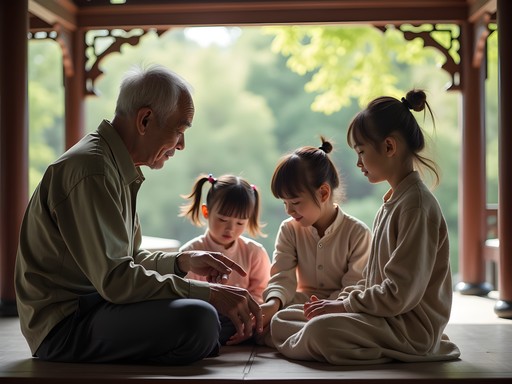








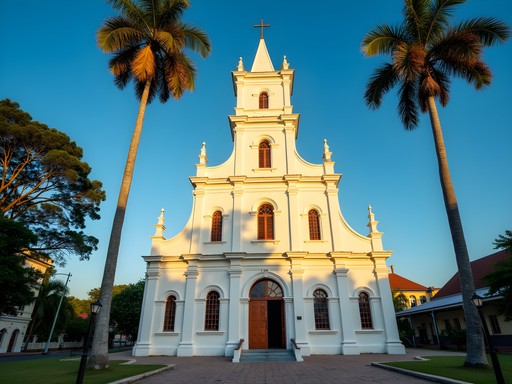
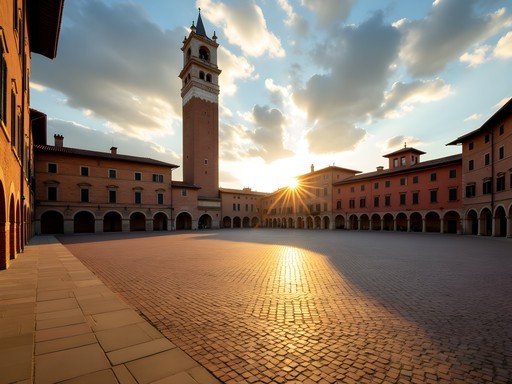
Comments
Jennifer Rodriguez
Caleb, your perspective on the juxtaposition of old and new really resonated with me. When I visited Shanghai last year, I stayed in a budget hotel near Tianzifang and found it to be the perfect base for exploring both worlds. For anyone planning a similar trip: don't miss the free walking tours that start at People's Square - they cover the French Concession area and provide incredible historical context that you won't get from guidebooks. Also, Suzhou is significantly cheaper for accommodations, so I'd recommend basing yourself there for garden visits rather than doing day trips from Shanghai. The evening light on the canals when all the day tourists have left is absolutely magical and worth experiencing.
Caleb Kennedy
Great tip about staying in Suzhou overnight, Jennifer! I completely agree - the gardens and canals take on a different character in the evening. I'll have to try those walking tours next time I'm in Shanghai.
greenpro
First time commenter here! I'm planning my first Asia trip and wondering if 3 days is enough for Suzhou or should I add more time? I'm into photography and traditional architecture. Also, did you need a VPN for posting on social media while there? I've heard mixed things about internet access.
Caleb Kennedy
3 days is perfect for Suzhou if you're focusing on the gardens and old town. And yes, definitely get a VPN before you go - I used ExpressVPN which worked reliably throughout my trip. Instagram and most Western social media are blocked otherwise.
freeexplorer
How did you travel between Shanghai and Suzhou? Is it complicated? Planning a trip there next month.
Caleb Kennedy
Super easy! High-speed trains run every 15-20 minutes from Shanghai Railway Station to Suzhou. Only takes about 30 minutes and costs around 40 yuan (~$6). Just buy tickets a day ahead or use the Trip.com app - saved me lots of time.
Jennifer Rodriguez
I'll add that getting a multi-day metro card in Shanghai is totally worth it. Covers buses too and saves the hassle of buying individual tickets. The subway system connects directly to the train station for Suzhou.
freeexplorer
Thanks both! That sounds way easier than I expected. Can't wait to see those gardens!
skymood
OMG those garden pics are EVERYTHING! 😍 Suzhou just jumped to the top of my bucket list!
Marco Flores
Your post brought back so many memories! I spent three weeks zigzagging between Shanghai and Suzhou last year. Those Shikumen alleyways you mentioned are truly hidden gems - I stumbled upon an elderly gentleman practicing calligraphy in one of them and ended up spending two hours learning basic brushstrokes from him. The contrast between those quiet corners and the neon-lit Pudong skyline just minutes away is what makes Shanghai so captivating. Did you try the xiaolongbao at Yang's Dumplings near Yuyuan Garden? Life-changing!
photomaster5248
Those garden photos are stunning! Which one was your favorite to photograph? Did you go early morning or evening for the best light?
Caleb Kennedy
Thanks! The Humble Administrator's Garden was my absolute favorite for photography - I went early morning (around 7:30am) to catch that soft light before the crowds arrived. The way the morning mist hung over the ponds was magical.
photomaster5248
Definitely adding that to my list! Early morning is always worth the effort for those serene shots.
vacationway
Stunning photos! The reflections in the water are magical.
roamninja
Just got back from China and your post captures exactly what I felt about Shanghai! That weird mix of super old and ultra new everywhere you look. We missed Suzhou though and now I'm kicking myself after seeing your garden photos. Guess I'll need another trip!
LilyFlower
Your photos are stunning! Love the reflections in the water.
Sarah Powell
As someone who's traveled solo through this exact region, I appreciate how you've captured the juxtaposition between Shanghai's ultramodern skyline and its historical pockets. The Shikumen houses are such hidden gems! Most tourists miss them completely. When I visited last fall, I found a small local tour that took us through some residential areas where people still live in these traditional houses. The experience was so much more authentic than just seeing the renovated tourist areas. For anyone planning a trip: the high-speed train between Shanghai and Suzhou is incredibly efficient (25 minutes!) and runs frequently. No need to book a guided tour between the cities - it's very easy to navigate independently.
roamninja
Thanks for the train tip! Did you need to book tickets in advance or can you just show up at the station?
Sarah Powell
I booked mine a day ahead using the Trip.com app, but you can often get same-day tickets too. Just avoid Chinese holiday periods when everything books up fast!
Venture X
Premium card with 2X miles, $300 travel credit, Priority Pass